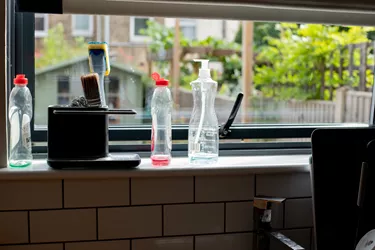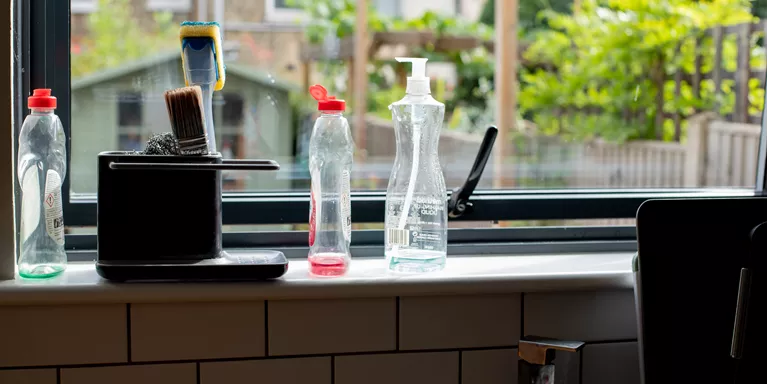Living my life and managing OCD
Helen blogs for us about managing her OCD compulsions at home and at work.
Helen Barbour is a writer, living in North London and is writing a book, The A to Z of Normal. She blogs as The Reluctant Perfectionist. You can also follow her on Twitter @HelenTheWriter
Many people are surprised to discover that I have obsessive compulsive disorder (OCD), because I hide it so well. It can often be described as a secretive condition and I’ve concealed my compulsions for a long time.
This has been relatively easy to manage as the main manifestation of my OCD is a need for order and symmetry within my own environment: my flat, my car, my desk. I’m not, for example, compelled to line up items on a restaurant table, or straighten tins in a supermarket, where someone else might see.
My OCD began while I was living with my now ex-husband. When he was out, I would put things back in what I considered the right place – fortunately, he left for work before me and got home later than I did. I was still, at that time, able to tolerate the ‘mess’ that ensued when he was around, i.e. anything being a fraction of an inch out of place. He has told me subsequently that he wasn’t aware I was doing it.
He did once catch a glimpse inside my wardrobe and comment on its tidiness. I shut the doors before he could register the full extent of that tidiness, which included evenly spacing the hangers. My wardrobe was one area of our flat that was completely within my control, so provided an outlet for me to give in fully to my compulsions. I just had to make sure I put my clothes away while he was in another room.
When we split up, I hired a ‘man and van’ to move my belongings and decided to save time by not emptying my chest of drawers, leaving the drawers to be carried out as they were. The removal man noticed the way the contents were laid out. ‘Blimey, what’s the matter with you, love? Were you in the army or something?’ he asked. In the stress of the move, I’d overlooked that the way I did things might draw attention. I felt mortified.
In my new flat, I was free to create my own patterns for my possessions, without fear of disruption. I became so obsessed with maintaining the status quo that I couldn’t have anyone in my home and developed strategies for keeping others at bay, such as meeting friends at pubs and restaurants. During that period, I engaged in only a few short-term relationships and steered those partners away, by claiming their home was more spacious or comfortable for us to spend time in.
Even when my parents occasionally visited for the day, I struggled. Never mind the fact that I had to move furniture around to accommodate them, they would keep picking things up – like photos – to look at them! And I couldn’t clear up as I went along, as I usually would.
At work I’ve often had my own office, or a desk only overlooked by a few people. Even in an open-plan environment, as I am now, it’s quite easy to re establish order at the end of the day without anyone noticing. I work a compressed week, so usually find myself almost alone by the time I leave. If others are around, I just do things more quickly. Most people are too busy to pay attention to my scrabbling in drawers and tinkering with things on my desk, as I adjust their spacing.
These days, I’m open about having OCD, including writing a blog on the subject. Some of my colleagues, as well as friends, have commented that they’ve never observed the compulsions I describe.
That doesn’t mean, however, that I would ever want anyone to actually see what I do. It’s one thing writing about ordering your belongings, it’s another having someone watch you do it. I think the anxiety that underlies my OCD would only be exacerbated by enacting my compulsions in front of other people and that anxiety is something I will continue working to manage.


Information and support
When you’re living with a mental health problem, or supporting someone who is, having access to the right information - about a condition, treatment options, or practical issues - is vital. Visit our information pages to find out more.
Share your story with others
Blogs and stories can show that people with mental health problems are cared about, understood and listened to. We can use it to challenge the status quo and change attitudes.

















